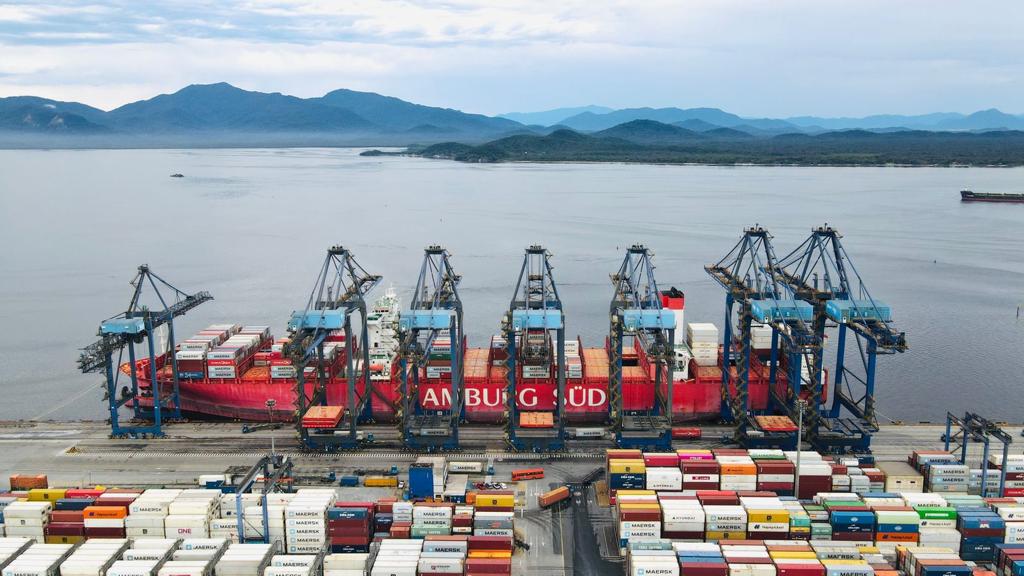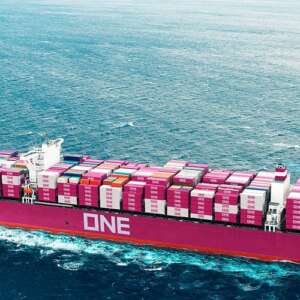With 202 movements per hour (MPH), the terminal used 7 cranes in the same vessel and had the support of about 200 employees; the berth productivity record was also registered with the ship-owner Maersk
On Thursday (20), TCP registered a record of 202 movements per hour (MPH) in the same vessel. The number surpasses the 187 MPH recorded in 2017 by the company. Using 7 portêineres (STS), which are the cranes for moving containers on vessels, the action began at 8 am and lasted almost 12h. In all, 4,327 TEUs (measure for 20-foot containers) were handled with 2,366 movements on the Cap San Maleas ship.
Another record was with the shipowner: there were 158 PMPH (berth productivity), that is, movements from the moment the ship docked until the moment of departure. This number was the highest recorded on the east coast of South America so far this year. According to Maersk, the last record happened in January 2022, with 152 PMPH at another port terminal.
“These records show TCP’s great productivity and reinforces the goal of transforming the terminal into a world-class operator. TCP continues to increase handling capacity, investing in people and state-of-the-art equipment,” emphasizes Felipe de França, the company’s operations planning manager.
In 2022, the company announced 370 million reais in investments in the terminal, which will be applied until 2023. This year, the company has already signed the purchase of 11 new RTGs and in the next few months will begin the expansion works of the Gate (gates for vehicle entry and exit).
In 2021, the terminal registered a record movement of 1.1 million TEUs. In July this year the monthly record was reached: 111,862 TEUs were handled, that is, 3,227 more than in May 2022.
High Productivity at TCP
To drive the STS, which lift loads to a height of 50 meters and move up to 65 tons, it was necessary to work together involving about 200 employees. Among them was TCP’s Operations Control Center (CCO) planning and execution team, which managed the seven suits that supplied the ship.
Each suit includes container operators, cargo checkers, stevedores, handling assistants, and terminal tractor operators (the trailer responsible for the movement between the pier and the yard). In addition, the vessel planner and yard planner teams are responsible for container planning, and the dispatcher team contributes to the execution of the entire logistics chain at the terminal, with the help of the operations leadership.
There are also RTG (Rubber Tyred Gantry Crane) operators and small and large forklift operators. All focused on one big ship: the Cap San Maleas, which is 333 meters long and 48 meters wide.
About Cap San Maleas
From the shipowner Maersk, the Cap San Maleas ship was built in 2014 and has a cargo capacity of 10,589 TEUs. Loaded with various products, including automotive parts, chemicals, and packaging, the vessel departed Rotterdam, in the Netherlands, and headed to Buenos Aires, capital of Argentina, on Thursday (20).



